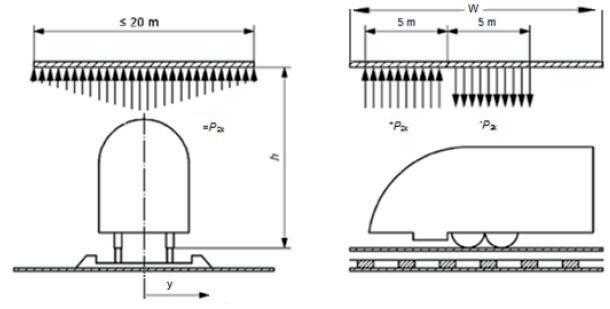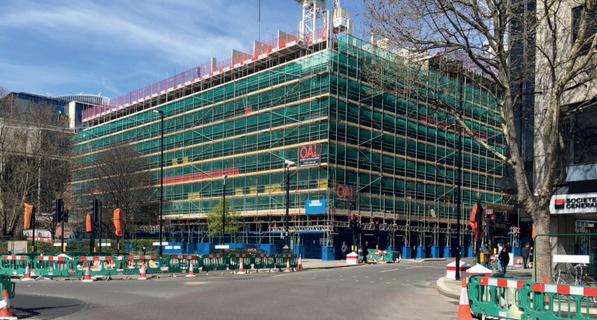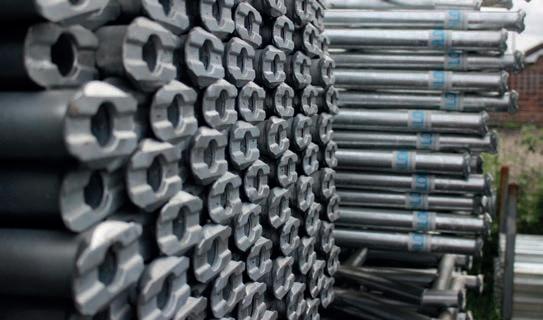
2 minute read
Managing Hand Arm Vibration Syndrome in construction
from AccessPoint Issue 02
by AccessPoint

drawn up the ISO 5349-1:2001 standard (Mechanical vibration. Measurement and evaluation of human exposure to hand-transmitted vibration. General requirements) to help calculate the risk posed by machinery to workers.
Defined safe limits
The HSE has given construction tools an Exposure Action Value (EAV). The EAV indicates how long a machine may be used before vibration exposure reaches harmful levels, and action needs to be taken. The HSE also provides an exposure points system and ready-reckoner for calculating daily vibration exposure limits where only the vibration frequency is known. Take a look at www.hse.gov. uk/vibration/hav/readyreckoner.htm
HAVS – which also goes by the name of dead finger, vibration white finger and VWF – is caused by extended use of vibrating machinery, such as impact wrenches. Over time, the vibration causes damage to blood vessels, nerves, muscles and joints, which is typically felt in the hand, fingers and wrist.
The effects of HAVS are relatively mild in the early stages: at the end of the day, workers may notice a slight tingling in their fingertips, and possibly some whiteness. Left unchecked and these symptoms can become more severe: the whole finger can become white and the sense of touch dulled.
As the condition progresses, the symptoms become more like Reynaud’s syndrome. Sufferers will find that damage to the blood vessels in their hands causes their fingers to change colour, particularly when cold. Because blood flow is restricted, the fingers turn white, but when blood flow is restored, the fingers turn an intense red. This is accompanied by uncomfortable throbbing.
At its worst, HAVS can affect the nerves and muscles of the hands and arms, with affected workers experiencing a temporary loss of manual dexterity accompanied by excruciating pain. These attacks can last several hours, during which time those affected will be unable to work or even carry out many basic tasks at home.
In extreme cases, there is a risk that damaged blood vessels and reduced blood flow could lead to the loss of fingers.
Prevention is essential
Hand Arm Vibration Syndrome is a progressive disease. When left unchecked, the symptoms can become debilitating for the affected person to the point that they can’t work at all. As an employer, it is your legal duty to reduce the risk of your employees developing conditions such as HAVS at work.
To date, the UK government has paid over £100 million to former coalminers who have developed HAVS as a direct result of their work activities. One case saw seven miners awarded £127,000 each in compensation – and private employers face similar fines where their negligence causes workers to develop this condition.
HAVS is completely preventable, but once the damage is done, it is permanent.
Practical safeguards
HAVS injuries are caused by vibrations at frequencies within the range of 50 to 300Hz. The International Standards Organisation has
When drawing up a site risk assessment plan, these figures can help you allocate work and ensure employees are not exposed beyond the acceptable limits. You can also plan how best to share workloads and provide workers with regular breaks – all of this further reduces risks.
Low hand or body temperature increases the risk of finger blanching because of the reduced blood circulation. You should therefore make sure employees working outdoors in cold weather have adequate protection. You should also ensure that gloves or other clothing you provide do not stop employees working safely and do not present a risk of entanglement with moving parts of machinery.
HAVS is a life-changing industrial disease –but one that is completely preventable.









